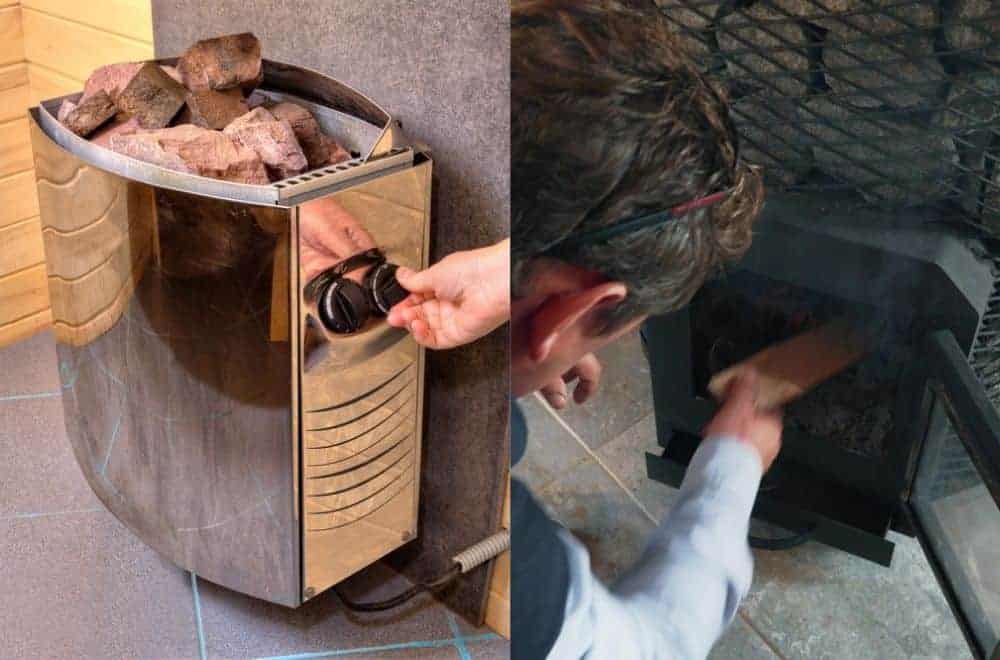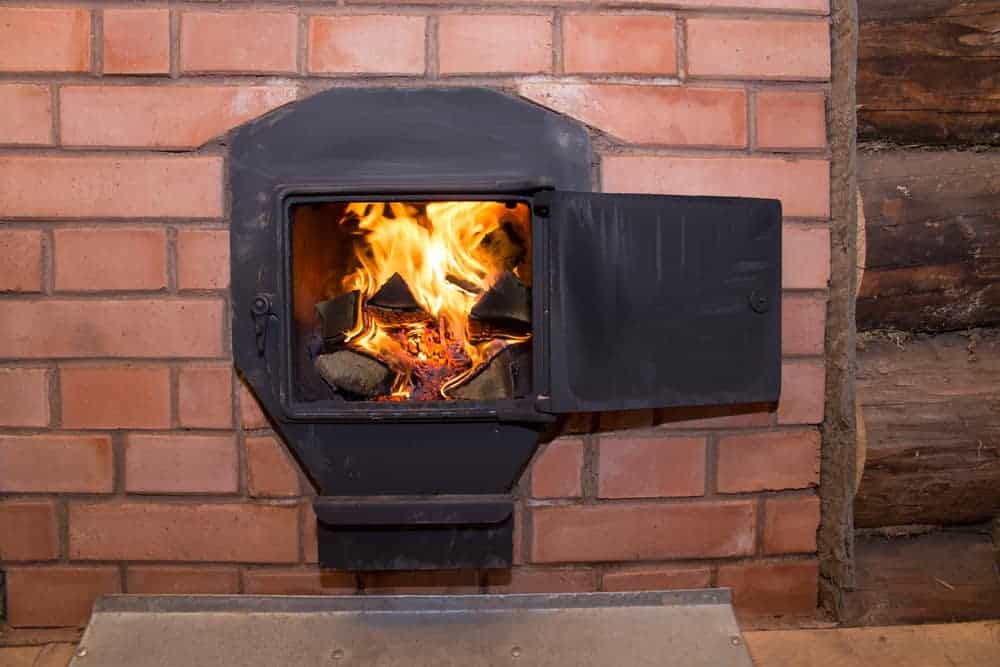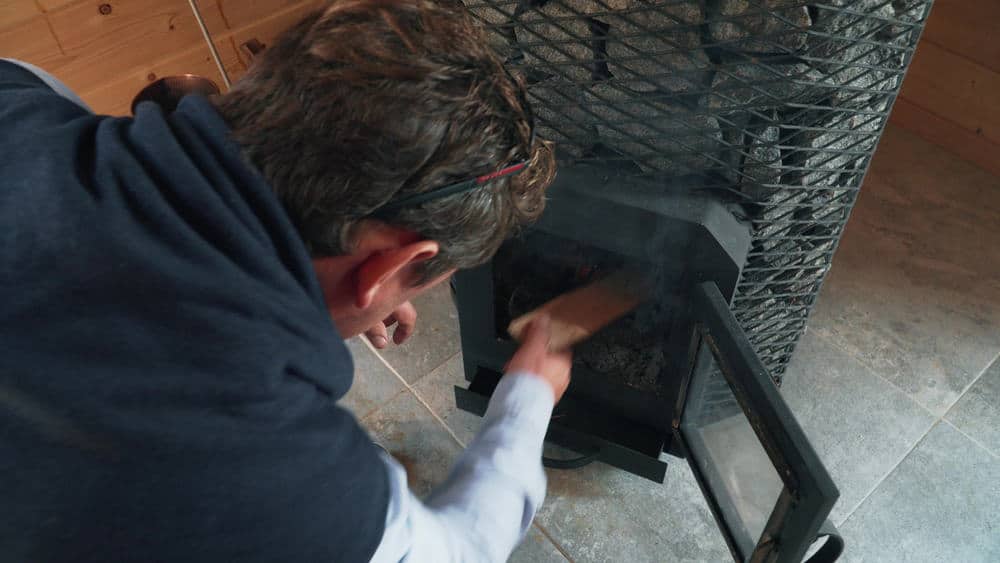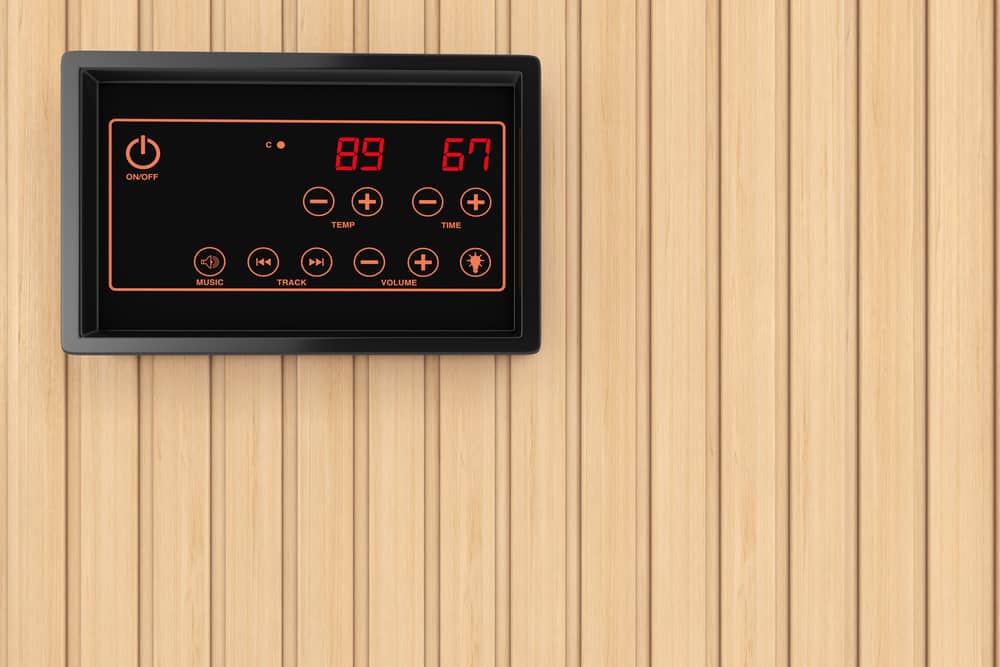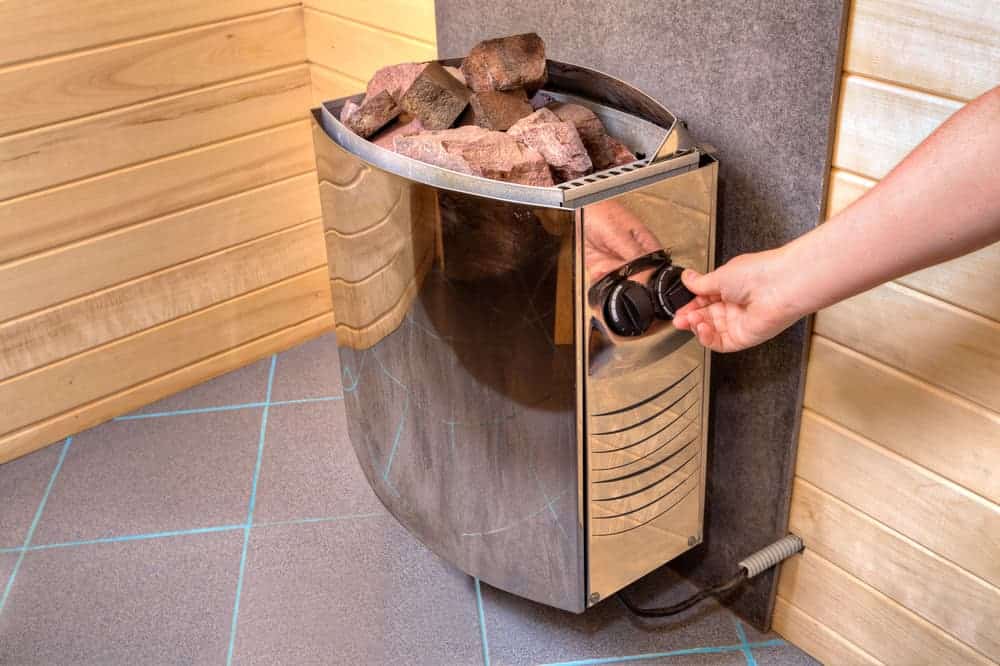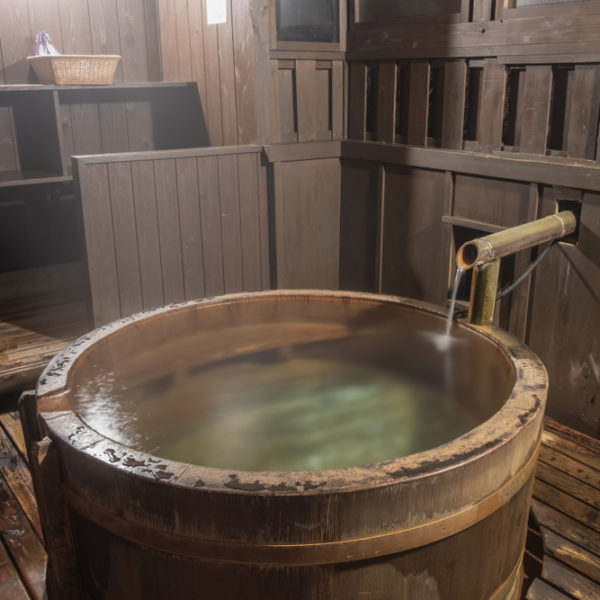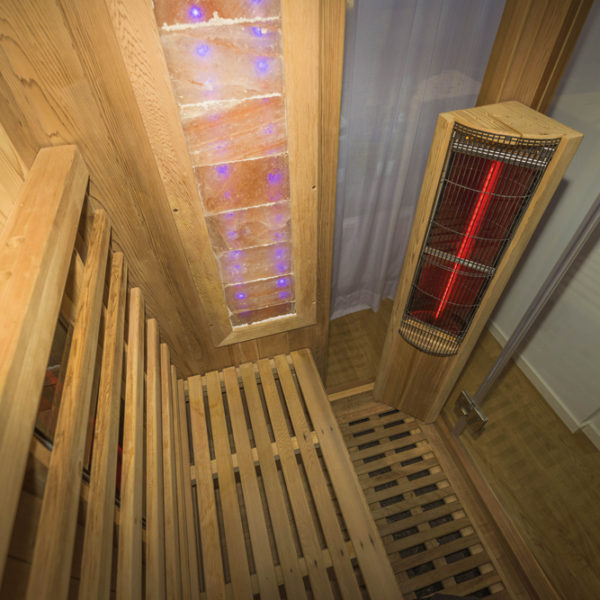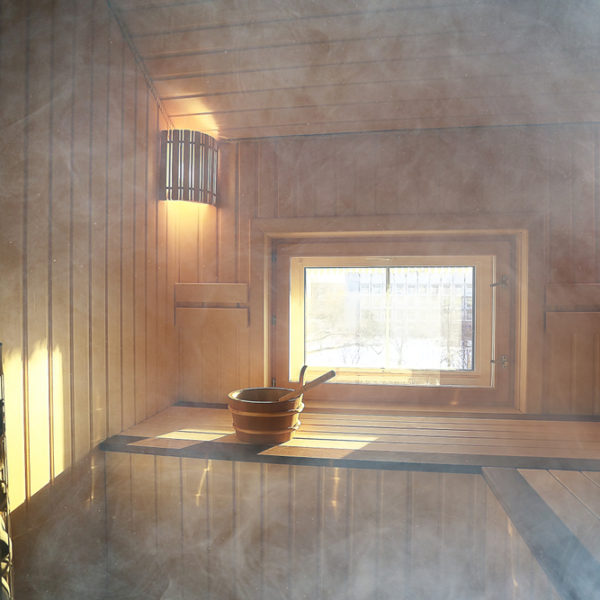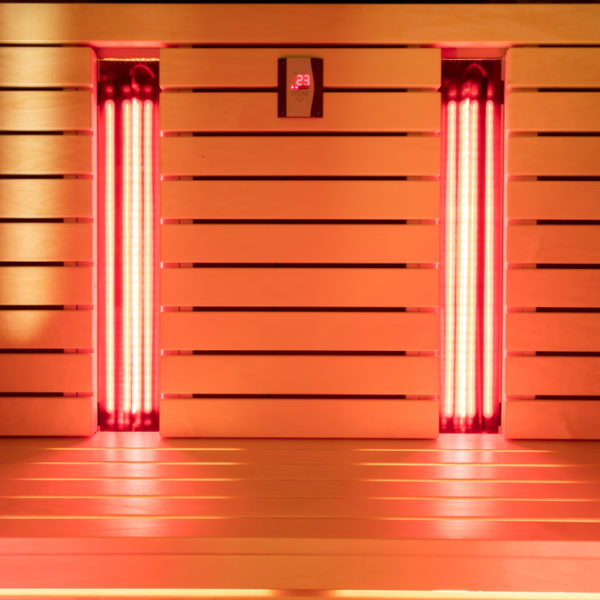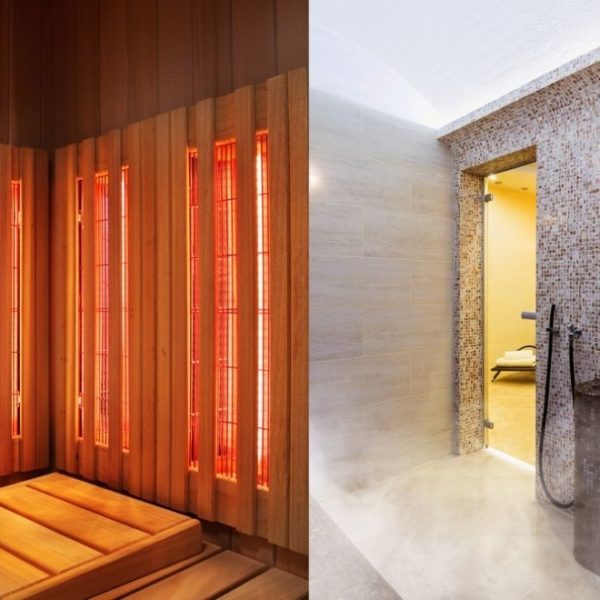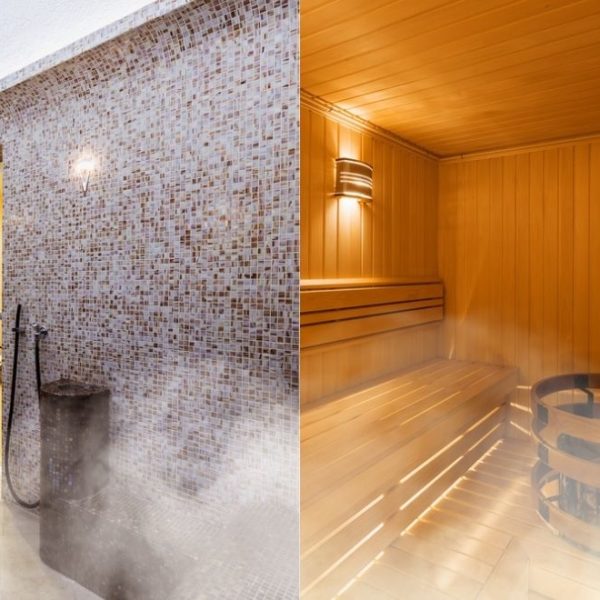The health benefits of saunas are well documented – and the simple pleasures of sweating out the stresses and strains of the daily grind are cherished by sauna aficionados everywhere – but the choice of how to heat home saunas is a contentious issue that divides opinion.
In simple terms, you have two main choices, wood or electric – and to give you all the information you need, in this post, we discuss the relative benefits of electric vs wood-burning sauna installations to help you choose the most suitable version for your needs.
Wood-burning Sauna: An authentic, traditional experience
For the kind of people who want the most authentic, traditional experience, there’s no looking past a wood-fired sauna.
Saunas date back to time-honored Finnish traditions from before electricity had even been invented, and back then, saunas were all heated by wood-burning stoves.
There’s something about the slow ritual of preparing the burner, lighting the fire and warming the room slowly with a languid type of heat that is redolent of the aromatic wood used for fuel.
Proponents of wood-fired saunas will tell you that the experience is made infinitely more enjoyable by taking your time to do things the old-fashioned way.
Somehow, it makes you feel closer to the traditions of the past as well as closer to nature than if all you have to do is flick a switch.
It’s not just the aroma of the wood, it’s not just the routine of taking the time to prepare the sauna and it’s not just the anticipation of the luxurious heat and steam that awaits you when it’s ready – it’s a combination of all of these.
For traditionalists, this can never be replaced, and this is the main argument in favor of opting for a wood-burning version.
Wood-burning Sauna: Practicality and convenience
Perhaps in a perfect world, we would all have the time to go through the process of lighting a wood-burning stove to heat a sauna the old-fashioned way, but unfortunately, we don’t live in a perfect world, and most people don’t have that luxury.
For the majority, the ability to flick a switch and have the sauna ready to use in a matter of ten minutes or so trumps any quixotic notions of following age-old Finnish traditions – and this is perhaps the strongest argument in favor of going electric.
Put simply, if you stay at home all day and have the time to plan ahead and start lighting your sauna an hour ahead of time, that might work for you, but if you come home late from work and want to use your sauna before you go to bed, you don’t have time to waste.
That means having an electric sauna can significantly affect how often you use the sauna – the convenience of an electric heater may mean the difference between being able to use it several times a week and perhaps only having the opportunity occasionally on the weekend.
So the first thing to consider when choosing which to go for is whether you value tradition and have time to do things slowly – or whether you just want a sauna you can use as quickly and easily as possible whenever you want to.
Other advantages of Wood-burning Sauna
The argument over wood vs electric can essentially be boiled down to tradition vs convenience, but there are a couple of other advantages and disadvantages associated with each type that are still worth mentioning, so let’s think a bit about that now.
So what other advantages do wood-burning saunas have over electric ones?
One important consideration could be that you can install a wood-burning sauna yourself, as long as you have a few moderate DIY skills – whereas an electric one will probably require you to pay a professional electrician.
Of course, a wood-burning sauna needs a chimney, and depending on where you’re installing it, this can make things more complicated – and can bump up the costs if you don’t do it yourself – but generally speaking, a wood-fired sauna is easier to install.
Wood also has another possible advantage, depending on where you live. Wood for fuel can be expensive, but if you live somewhere with a ready supply, it can be extremely inexpensive, which may make a wood-fired sauna more economical to run in the long run too.
The disadvantages of Wood-burning Sauna
Having mentioned the advantages of wood, it needs to be pointed out that there are also several associated disadvantages.
Although we just noted that wood might not cost a lot in certain areas, in others, it can be extremely costly. If you live in a city where wood is not readily available, buying it for fuel will quickly add up, especially if you use your sauna often.
Then there’s the matter of storing it. If you live in a rural area with plenty of land, it might not be an issue to store all the wood you’ll need to heat your sauna, but in urban environments where space is at a premium, finding somewhere to keep it will be more problematic.
In addition, you’ll also have to consider air pollution – and your neighbors’ reaction.
For sure, burning a few logs a couple of times a week is hardly going to poison the air or destroy the environment, but it’s becoming less socially acceptable in these more ecologically aware times, and some people may not approve.
Also, as we’ve already mentioned, for wood-burning saunas, you’ll need a chimney, and depending on your installation, this may cost you a lot more to construct.
You’ll also have to think about the perceived increase in fire hazard – you might not think it’s so dangerous, but your insurers might not agree, and installing a wood-fired sauna in your home may see your premiums increase.
Wood-burning Sauna: Not as simple to use or maintain
As well as these disadvantages, there are also a few issues when it comes to the ease of use of a wood-burning sauna to be aware of.
Although you may think it’s easy enough to throw a few logs onto the stove and wait for it to heat, it can be a little more complicated than this.
While it’s not hard to master, there’s still a learning curve to it, and you’ll need to go through a certain amount of trial and error before you manage to get your sauna just the way you want it.
It’s also worth noting that even once you’ve learned the art of getting your sauna ready, other people might not be quite so adept, so if you plan on letting your friends use it while you’re not there, this is also something to bear in mind.
Once it’s running, with wood, it’s also harder to control the temperature – you can’t just turn the heat down or make fine adjustments to obtain the perfect temperature.
Finally, you’ll need to maintain your stove to make sure it doesn’t become a fire hazard – and the leftover ash will also need to be disposed of, which just adds one more little job to operating your wood-burning sauna.
Advantages of electric Sauna
So other than the convenience of heating up rapidly at the flick of a switch, what other advantages are there to choosing an electric heater?
For a start, they’re easier to operate. You’ll be able to enjoy your sauna at the perfect temperature right from the first time you use it – and so will any friends who are allowed to use it while you’re away.
You can also adjust the temperature easily, so if you want to increase or decrease the heat by just a degree or two, an electric heater gives you this kind of precise control.
Another plus is the fact that many electric saunas have built-in timers, so if you usually get home late and want to use your sauna after work, you can simply set it up so it warms up automatically and is ready and waiting for you when you arrive.
Most also include safety features, so, for example, they switch off after an hour so you don’t end up wasting lots of money if you turn it on and then forget about it.
Finally, they’re cleaner than wood-burning saunas, so you won’t upset your neighbors by wafting smoke in their direction whenever you turn it on.
The disadvantages of electric Sauna
There are a few other disadvantages associated with electric saunas too – although not that many.
We talked about the cost of wood, but running an electric sauna can be expensive too, and if you install one and use it often, you’ll have to expect an increase in your electricity bill.
Another problem is if you live off-grid or somewhere with an unreliable electricity supply. In that case, having an electric sauna can be far more complicated, and opting for one that runs on wood may be a much smarter choice.
Then there’s the installation to consider too. Unless you’re a qualified electrician, fitting an electric heater is not a job that’s advisable to attempt DIY – and in many cases, this may even be illegal.
This means that if you want an electric heater, you’ll have to call in a pro – and this is something that will need to be factored into your budget.
Pros and cons of wood and electricity Sauna – a summary
So to summarize, here is a list of all the pros and cons of choosing an electric or wood-burning stove for your sauna:
Advantages of wood
- Authentic and traditional experience
- Aroma of wood
- Arguably more relaxing
- Doesn’t need wiring
- Can DIY install
Disadvantages of wood
- Takes time to prepare
- Wood can be expensive
- Need to store wood
- Requires a chimney
- Causes air pollution
- Learning curve to master
- Cleaning and ash disposal
- Fire hazard
- Can’t control the temperature easily
- May cost more to insure
Advantages of electric
- Convenience and speed
- Easier to operate
- Timer
- Safety features
- Can control temperature
- Clean
- No air pollution
- Easier for other people to operate
Disadvantages of electric
- Electricity bill
- Not good off-grid
- Will probably need a professional to install it
Electric vs Wood-burning Sauna: So which should you go for?
As a quick glance at this list of pros and cons will tell you, electric saunas have more advantages and fewer disadvantages while for wood-burning saunas, the opposite is true. However, choosing one over the other is not quite that simple. So which should you pick?
The main question to consider is whether you’re the kind of person who prefers to take time to do things the old-fashioned way – and is willing to persevere despite the inconveniences – or if you’re someone who values convenience above tradition.
If you have the time to prepare a wood-burning sauna and consider doing so time well-spent, then that could be the best choice for you. However, if you need your sauna to ready quickly or risk never using it, electric would be the obvious solution.
At the same time, there are other matters to consider. For example, if you live off-grid, electric might not even be an option, whereas in a city, buying wood fuel may be prohibitively expensive.
Some people believe wood-fired saunas are more enjoyable and have more potent health benefits – while others simply state that heat is heat, however it’s produced, and don’t have time to mess about with building a fire every time they want to sweat.
There’s no right or wrong answer to which of the two options is best – it comes down to your situation as well as your personal preferences, so to choose, you should weigh up the pros and cons of both and see which option seems to suit you best.
A great luxury however it’s powered
Whether you choose a sauna that’s powered by electricity or is heated by burning wood, it will be a great luxury that many people can only dream of and will allow you to spend many relaxing hours sweating it out in the comfort of your own home.
Saunas are associated with a range of health benefits, they can be a social focal point for you and your family or friends and installing one can even improve the value of your home. So whichever version you opt for, you’re likely to be enjoying your sauna for many years to come.
